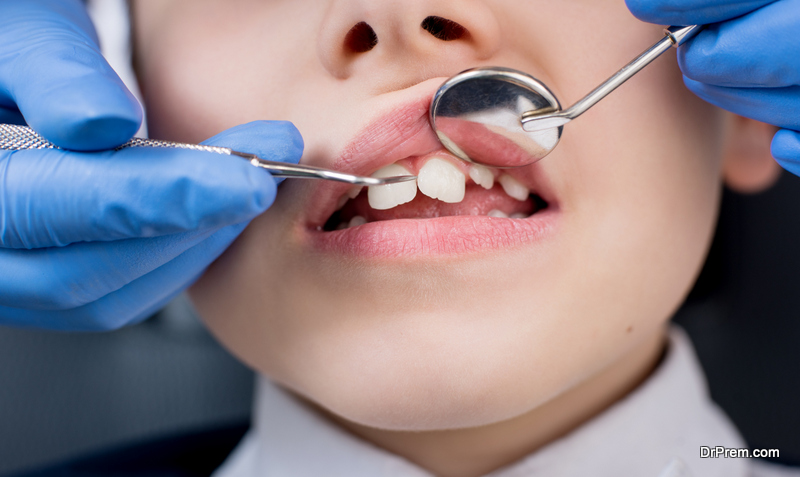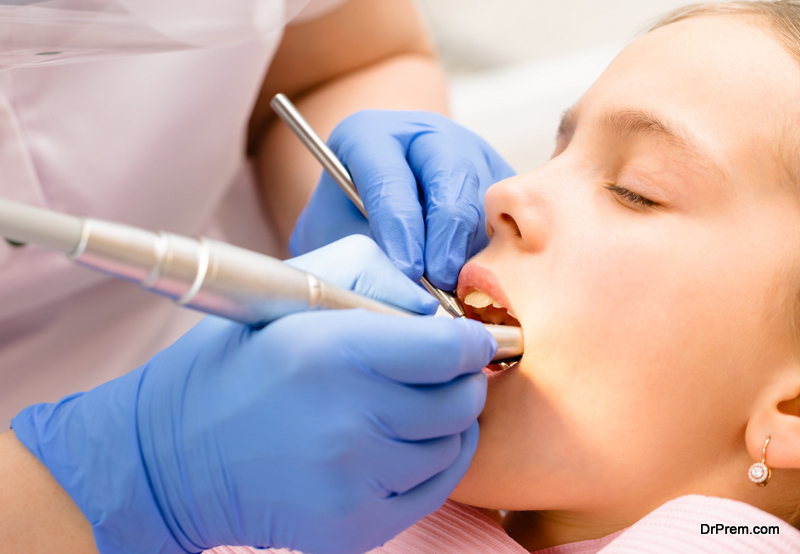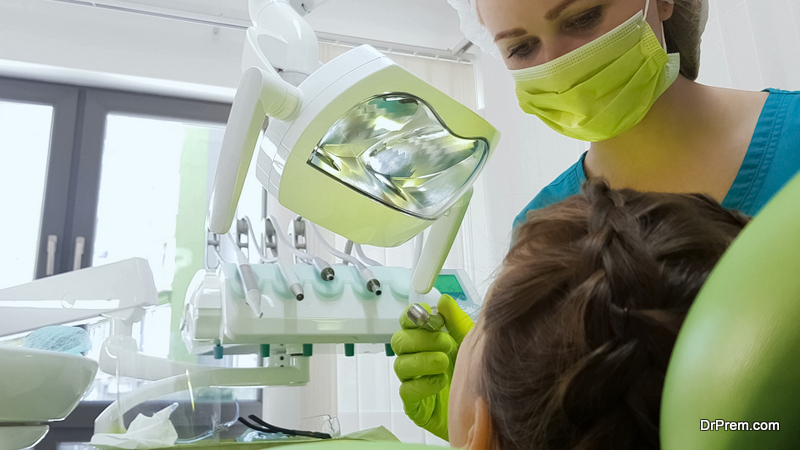Environmental issues represent a pressing concern for all aspects of human health. Air pollution leads to respiratory problems, lead poisoning can cause behavioral and intellectual challenges, and children and adults who are exposed to high levels of pollution are more prone to conditions ranging from eczema to cancer. One factor that few people take into account, however, is the impact that environmental degradation has on dental health, particularly among children.
India As Prime Example
Because of widespread improvements in air quality in the United States, the impact of air quality on oral health is on the back burner – but maybe it shouldn’t be. Consider, for example, the wildfires that increasingly shape health and safety in the US, or about those communities clustered around manufacturing facilities. There are plenty of vulnerable groups right here. However, the best way to understand the impact of air quality on oral health may be to look at the example of India.
During Diwali, the annual festival of lights celebrated with fireworks across the country, air quality in major cities like New Delhi become disastrously bad. Pollutants like chlorine cause enamel to soften, leading to chipped teeth and an increase in cavities, while children born to women exposed to high levels of pollutants may have fewer teeth than normal or suffer from demineralization. But while cities like New Delhi offer a prime example of just how dangerous poor air quality is to public health, the city is really representative of a global issue.
Exploring The Crisis
 Even if the United States isn’t dealing with major air quality issues, at least not everywhere, the country is dealing with a pediatric oral health crisis much like that in other countries – and the issue is highlighted by the widespread development of cavities. To some extent, cavities are unavoidable; over time, teeth become more vulnerable to cavities just due to wear and tear.
Even if the United States isn’t dealing with major air quality issues, at least not everywhere, the country is dealing with a pediatric oral health crisis much like that in other countries – and the issue is highlighted by the widespread development of cavities. To some extent, cavities are unavoidable; over time, teeth become more vulnerable to cavities just due to wear and tear.
However, the issue is made worse by insufficient water fluoridation; individuals whose water source doesn’t contain enough natural fluoride or whose water doesn’t contain added fluoride to make up the difference, are more prone to cavities and other oral health issues.
Children are especially vulnerable to pollution-related oral health issues for a number of reasons. There are several reasons for this, including the fact that children often have worse dental hygiene habits. Combine that with local sources of pollution, from air and water, and damage from acidic foods and sugar, and children begin experiencing enamel decay, leading to cavities and other oral health issues.
Responsible Dentistry
 The best way to ensure that pollution doesn’t have a negative impact on children’s oral health is by ensuring that they receive early and regular dental care; experts recommend children start visiting the dentist by about age one. Checking your local water fluoridation status is also important, so that you can supplement your child’s fluoride intake as needed.
The best way to ensure that pollution doesn’t have a negative impact on children’s oral health is by ensuring that they receive early and regular dental care; experts recommend children start visiting the dentist by about age one. Checking your local water fluoridation status is also important, so that you can supplement your child’s fluoride intake as needed.
Dentists are also taking steps to minimize their role in the oral health crisis. One way that they’re doing this is by embracing eco-friendly dentistry practices, which minimizes pollution and the use of toxic chemicals, focuses on energy efficiency, and otherwise makes the connection between sustainable behaviors and human health.
Additionally, dentists are changing their messaging to empower patients. For a long time, patients and providers alike believed that one could be “born” with bad teeth – that you could have bad genes for oral health. In reality, though, researchers have concluded that oral health likely has little connection to genetics and is largely the result of environment and behavior. This shift can help patients change their behavior, while also putting pressure on polluters who are negatively impacting population-wide oral health.
We don’t pay enough attention to the environmental issues that are exacerbating oral health, but if we can center children in this narrative, it may be enough to force a change. We put our children’s health above all else, but first people need to know what risks are out there.
Article Submitted By Community Writer



